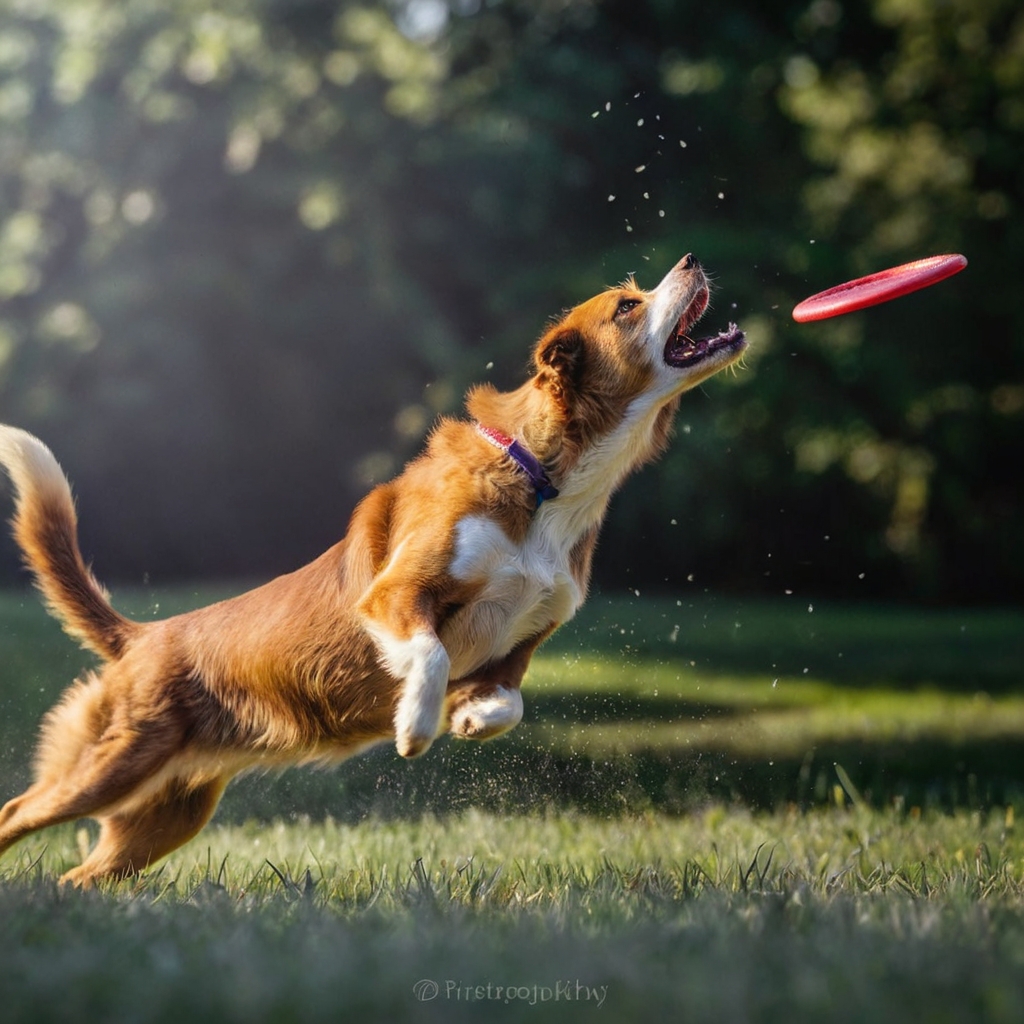Training a dog to catch a frisbee is a fun and rewarding activity for both the dog and the owner. However, it requires patience, consistency, and positive reinforcement. Many dog owners and trainers make common mistakes that can hinder the learning process and lead to frustration. In this article, we will explore the most common mistakes made when training dog frisbee dogs and provide tips on how to avoid them.
Introduction to Dog Frisbee Training
Dog frisbee training is a form of canine sport that involves teaching a dog to catch and retrieve a frisbee. It requires a combination of obedience, agility, and fetch skills. The training process can be challenging, especially for inexperienced owners, but with the right approach, it can be a fun and rewarding experience for both the dog and the owner. To avoid common mistakes, it’s essential to understand the basics of dog frisbee training, including the importance of positive reinforcement, consistency, and patience.
Common Mistakes in Dog Frisbee Training
One of the most common mistakes made by dog owners and trainers is to rush the training process. Dog frisbee training requires a gradual and progressive approach, starting with short sessions and gradually increasing the duration and difficulty. Rushing the process can lead to frustration and burnout for both the dog and the owner. Another mistake is to use punishment or negative reinforcement, which can create fear and anxiety in the dog, making it less likely to learn and participate in the activity.
Additionally, many dog owners and trainers fail to provide enough exercise and mental stimulation for their dogs, leading to boredom, hyperactivity, and decreased focus. Dog frisbee training requires a combination of physical and mental stimulation, and it’s essential to provide a balanced and varied training program to keep the dog engaged and motivated.
Tips for Successful Dog Frisbee Training
To avoid common mistakes and achieve success in dog frisbee training, it’s essential to follow these tips:
- Start with short sessions and gradually increase the duration and difficulty
- Use positive reinforcement, such as treats and praise, to encourage good behavior
- Provide enough exercise and mental stimulation to keep the dog engaged and motivated
- Be patient and consistent, and avoid punishment or negative reinforcement
- Use the right equipment, such as a frisbee designed for dogs, and choose a safe and suitable training area
- Keep the training sessions fun and engaging, and avoid repetition and boredom
By following these tips, dog owners and trainers can create a fun and rewarding training program that helps their dogs develop the skills and confidence needed to become proficient frisbee catchers.
Advanced Dog Frisbee Training Techniques
Once the dog has mastered the basic skills of frisbee catching, it’s time to move on to more advanced techniques. These can include long-distance catches, aerial catches, and complex sequences of catches and retrieves. To achieve success in advanced dog frisbee training, it’s essential to use a combination of positive reinforcement, consistency, and creativity.
One technique used in advanced dog frisbee training is the “toss-and-catch” method, where the dog is taught to catch the frisbee in mid-air, using a combination of visual cues and hand signals. Another technique is the “relay” method, where the dog is taught to catch the frisbee and then retrieve it to the owner, using a combination of verbal cues and hand signals.
Conclusion
In conclusion, training a dog to catch a frisbee requires patience, consistency, and positive reinforcement. By avoiding common mistakes, such as rushing the training process, using punishment or negative reinforcement, and failing to provide enough exercise and mental stimulation, dog owners and trainers can create a fun and rewarding training program that helps their dogs develop the skills and confidence needed to become proficient frisbee catchers. By following the tips and techniques outlined in this article, dog owners and trainers can help their dogs achieve success in dog frisbee training and enjoy a fun and rewarding activity together.
